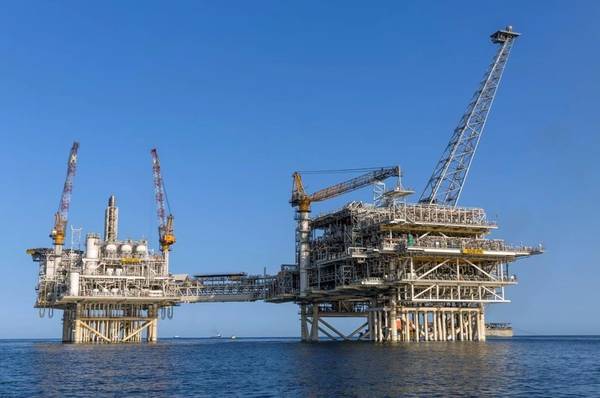
BP has started production from the East North flank of the Shah Deniz field in Azerbaijan, which is one of the largest gas-condensate fields in the world and the largest gas discovery ever made by BP.
The East North flank, part of Shah Deniz 2 development, started producing on February 13, 2024, following the successful completion of all related offshore construction and commissioning works.
The newly-started East North flank consists of five wells, two production manifolds, two new flowlines with a total length of about 30 kilometers and a number of subsea structures connected to the world class Shah Deniz reservoir.
The existing Shah Deniz facilities’ production capacity is currently about 79 million standard cubic meters of gas per day or approximately 29 billion standard cubic meters per year.
Shah Deniz field is located on the deep-water shelf of the Caspian Sea, 70 kilometers south-east of Baku, in water depths ranging from 50 to 500 meters.
In 2018, Shah Deniz celebrated 100 billion cubic meters of total gas production from the field since the start of operations in 2006. The milestone was achieved at the end of December, exactly 12 years after the first announcement of the start-up of commercial gas production from the field and start-up of operations of the South Caucasus Pipeline.
In 2023, bp and its co-venturers spent around $2.2 billion in operating expenditure and around $892 million in capital expenditure on Shah Deniz activities, the majority of which was associated with the Shah Deniz 2 project.
Shah Deniz Stage 2, or Full Field Development (FFD) is a giant project that will add a further 16 billion cubic meters per year (bcma) of gas production to the approximately 10 bcma produced by Shah Deniz Stage 1.
In total 21 wells have been drilled for Shah Deniz 2. These include five wells on the North flank, four wells on the West flank, four wells on the East South flank, five wells on the West South flank and three wells on the East North flank.